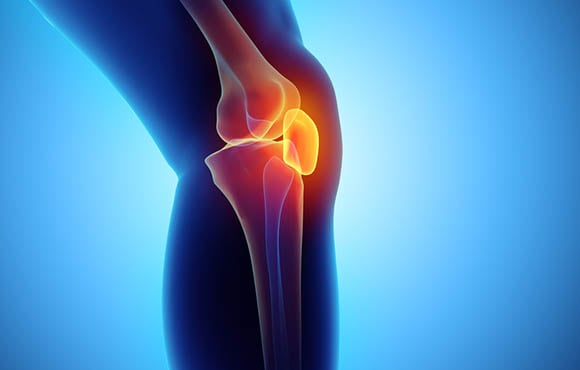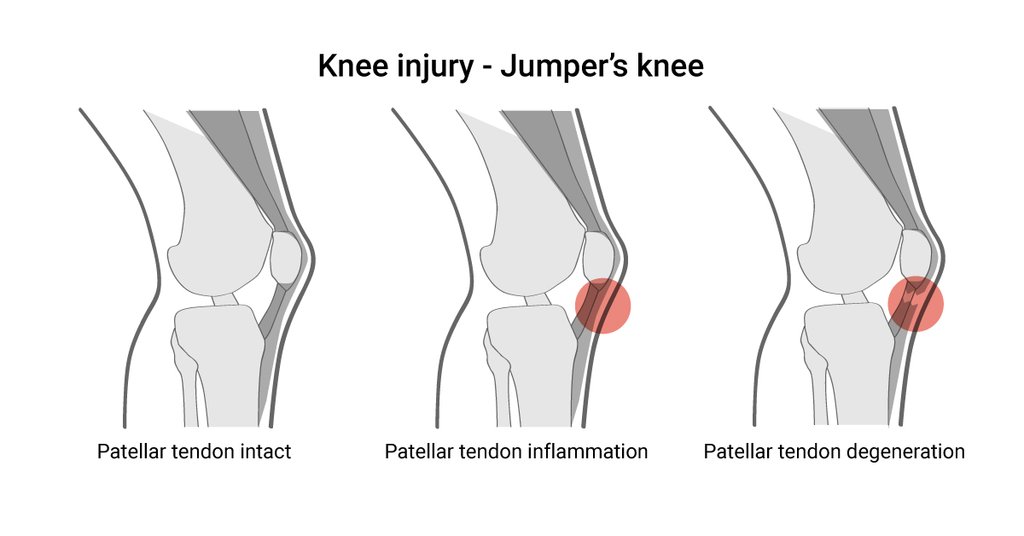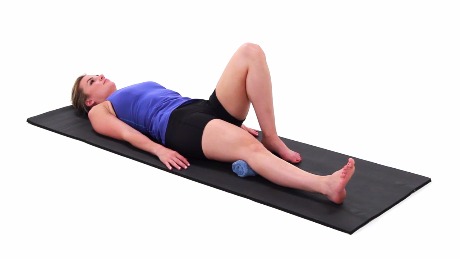Pain in the kneecap can be a really frustrating issue, and can happen with almost any activity. This includes running, squatting, walking (especially down hill), and stairs to name a few. As Physical Therapists, there are quite a few issues we found results in kneecap pain. Here are some of the main issues we find during our evaluation.
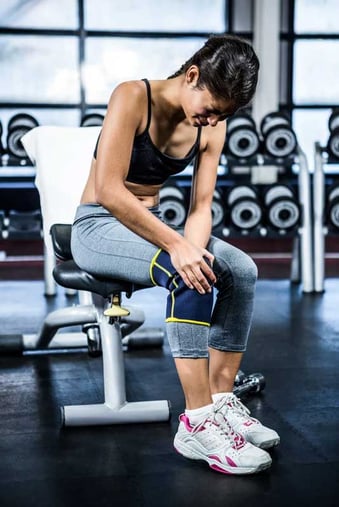
What are some things that contribute to knee cap pain?
Weak Hips
Your kneecap is technically a floating structure and is pulled in each direction by muscles, ligaments, and connective tissue. When your femur or thigh bone rotates, or moves, that doesn’t necessarily mean your kneecap moves with it
Your hip muscles, like your buttocks and gluteus medius, control your femur and keep it from collapsing inward. When your hips are weak, or tire easily, your femur tends to collapse inward, and rotate inward. This can lead your knee cap being pulled toward the outside of the knee and unequal distribution of pressure on the patella.
Flexibility
Like we’ve explained in our post about the knee anatomy, your kneecap connects to your quadriceps. The more your quadriceps pull on your kneecap, the more the pressure on that joint. Makes sense, right?
Well since your calf and hamstrings pull the opposite way of your quadriceps, if they are tight, they make your quadriceps work harder. This is why regular stretching, especially if you don’t have great flexibility, can help your knee pain!
Patella tracking
Remember when we told you the kneecap is pulled in different directions? Well, what we’ve found with a lot of people with patellar pain, is the kneecap glides more lateral, or to the outside of the knee. This can happen from all of the lateral structures pulling on the knee cap becoming tight. Your IT band can be a main culprit of this as it attaches to multiple different muscles and pulling the retinaculum of the kneecap.
Can physical therapy help with knee cap pain?
Yes An excellent physical therapist will measure all of the things listed below and determine where your greatest deficit lies. There are other, less common ways kneecap pain develops, which will always be considered in your plan of care.
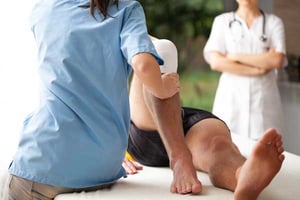
Physical therapy for knee cap pain in Columbia and Baltimore, Maryland
If you are having knee cap pain with walking, running, squatting or stairs, contact our office. We can help reduce your pain and reach your goals.


